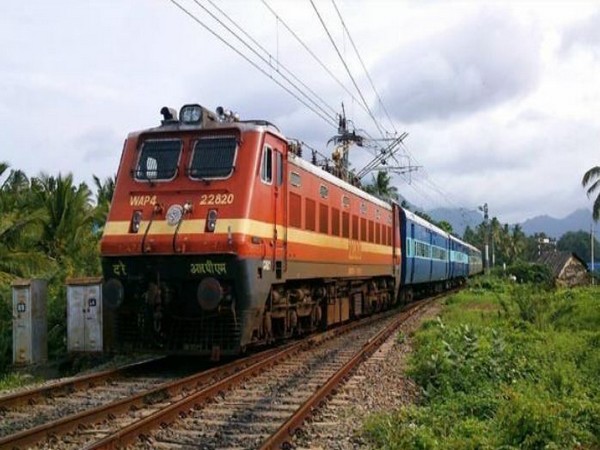The Government of India’s allotment of Rs 120 billion for the extensive expansion and modernization of railway infrastructure in the northeastern region of the country will boost the eagerly awaited first-ever Bhutan-India railway link, Bhutan Live reported on Saturday.
The Bhutan-based media outlet reported the fully funded Indian government’s estimated Rs 10 billion project of 57.5-kilometre railway line will connect Kokrajhar in Assam to Gelephu in Sarpang, Bhutan. The project’s anticipated completion date is set for 2026.
Just a month ago, India’s External Affairs Minister, S. Jaishankar, hinted at the ongoing discussions between India and Bhutan regarding this transformative railway connection. Speaking to Indian media, he stated, “We are currently in negotiations for a railway link between Bhutan and Assam. Bhutan is keen to open more avenues for tourism, and this endeavour promises to benefit Assam significantly. The proposed railway link between Gelephu and Kokrajhar, situated on the Assam border, could be a game-changer, promoting both trade and tourism.”
The railway project can act as a breakthrough in terms of facilitating the export of goods, enabling cultural exchange, and strengthening bilateral ties between the two nations.
The project gained momentum during the Bhutanese PM’s first visit to India in 2018. The commencement of the Gelephu-Kokrajhar rail link construction is expected to pave the way for more railway projects in the southern and eastern regions of both nations, including areas like Samtse, Phuentsholing, Nganglam, and Samdrupjongkhar.
Notably, Bhutan and India formalized their commitment to this transformative vision back in 2005 when they signed a Memorandum of Understanding, solidifying their shared aspiration to link the bordering towns of the two nations through a railway network. As the wheels of progress turn, this historic Bhutan-India railway link inches closer to becoming a reality, heralding a new era of connectivity and cooperation.





